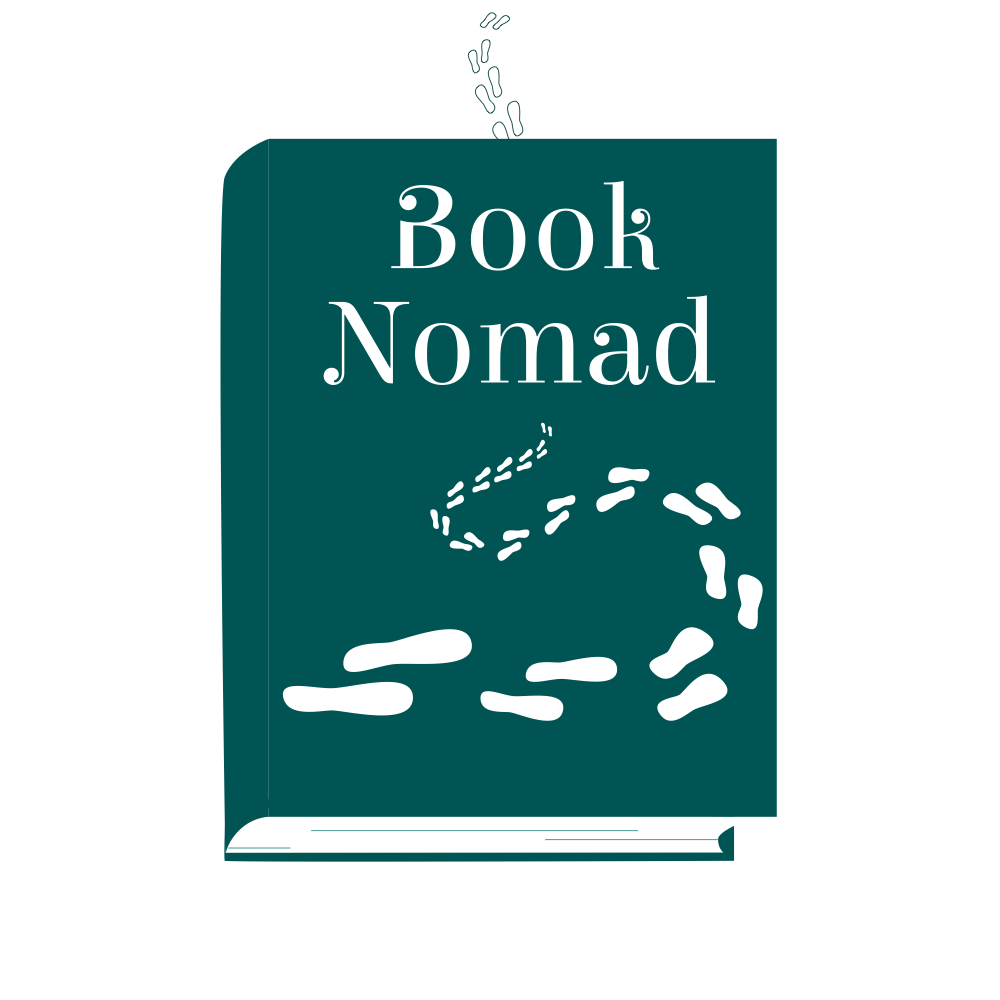I can’t remember how I first came across Jolly Animals, but when I did their product immediately grabbed my attention. Jolly Animals is a small company run by a couple, Lama and Kais, based in Australia. The Yellow Cow is their first product and it has now been translated into Arabic. Although there are many Arabic-language books about Islam out there, I have found that the quality is often lacking, so I was interested to see how this one would measure up. I bought it as part of their crowdfunding campaign, but it is now available to buy online from the website:
jollyanimals.com.

Upon opening the package, I could immediately tell that my hopes for the production quality of this book were not going to be disappointed. According to the website, the book is printed using ethical printing companies and paper sources. The cover is solid with a soft finish, the board pages are sturdy and the colours pop beautifully on the page. It has even passed my Arabic-publishing pet peeve of boring fonts with a soft, curved style that matches the age group and is still clear to read. As I flicked through the pages, I could immediately see how the quirky, bright images would ignite a child’s imagination – leading to many stories beyond the one on the page! I think my favourite image is of a cow playing with a butterfly!
The story is told from the perspective of the yellow cow and follows two young children as they try to find her. One by one, other animals and types of cow are eliminated until at last the correct yellow cow is found. The connections with the true story of the yellow cow, as told in the Qur’an, are immediately clear: Musa informs his people that Allah has asked them to slaughter a cow, but they keep asking for more and more details until there is only one option left. The language of the book is simple and, I would say, appropriate for the young age group targeted by board books.

Once I had read the story properly from start to finish, a question naturally posed itself: where would this book fit into the Islamic education of a child? There is no direct reference to the Qur’anic story in the book, or indeed any explicitly Islamic references at all. The idea that struck me turned out to be the one that Lama and Kais had too, and which they have explained on their website (and in a generous message response to my question – I should have checked the website properly first!):
“In The Holy Quran, Allah uses animals to teach us valuable life lessons. With Jolly Animals, we have decided to do just that with our children through stories inspired by those very animals.
This not only ensures that our children will have the most perfect of cartoon role models, but also gives babies and toddlers a chance to bond with characters that could act as their entryway into the Quran when they are old enough to do so.”
I can see how an initial introduction to the yellow cow through this book could then be the foundation for a child to access the Qur’anic story when they are a little older.
Having said that, I’m not sure how the child would transition between these stories, given that the yellow cow in the Qur’an, once identified, is slaughtered. This is, perhaps, the risk of personifying animals that are not personified in the Qur’an (there are some that are, such as the hoopoe and ant of Sulayman) and maybe even personifying animals, in general.

All in all, this book has clearly been through many iterations and is the product of much hard work and a genuine desire to produce positive, Islamic children’s books that will help shape Muslim children into kind and educated worshippers. The book is of a high standard and the images are gorgeous (can you tell they’re my favourite part?). I haven’t read the English version, but I would imagine it is very similar. A second book is in the works and I’m looking forward to seeing which animal has been chosen and the story it will tell! May Allah accept it from everyone involved and bless their work.
I’m curious to know how you would fit this type of book into a wider Islamic education. Let me know in the comments!






0 Comments